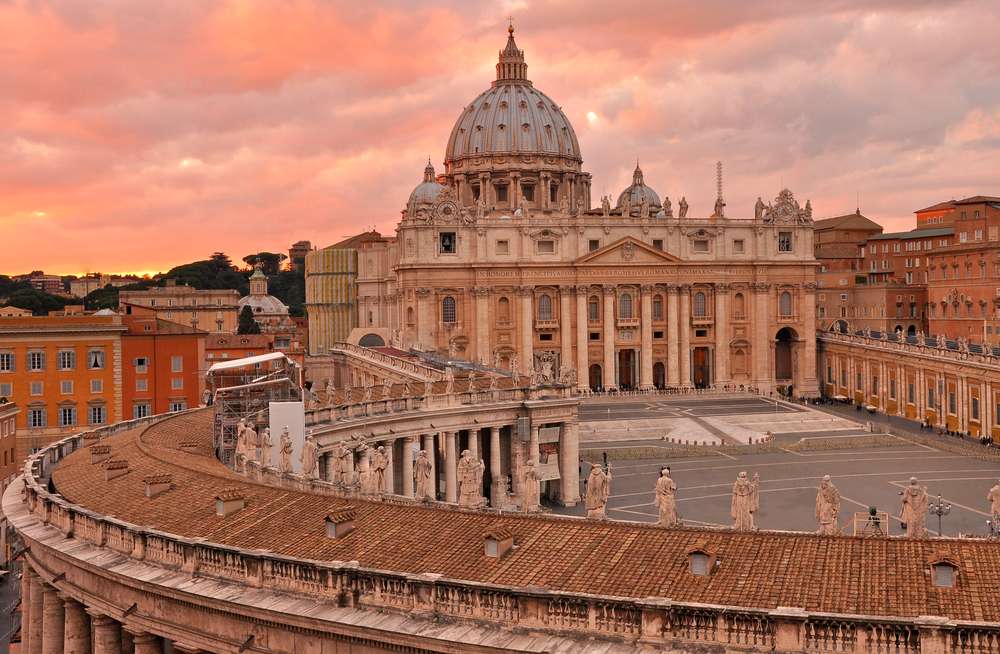Country Snapshot: Cultural Overview
Italy is a bit of a paradox. Surveys have found that a majority of Italians see themselves as Europeans first, then as Italians, a view less widely held in other European Union (EU) countries. Despite this, Italy, like many other EU members, has had a more difficult time embracing diversity when it comes to immigration. An influx of migrants from eastern Europe, Asia, and the Middle East has provided much-needed labor, but some say it’s also brought a rise in crime.
Cultural diversity pervades Italy, yet its people are uniformly proud of their heritage as the home of the Roman Catholic Church, the center of the former Roman Empire, and a creative force in the realms of food and fashion. Italy is culturally divided in many ways between the affluent, industrious north and the more laid-back, poorer south. Small clusters of Italians of German, French, and Slovene descent live in the north, while Italians of Albanian and Greek descent live in the south.
Religion plays an important role in the everyday lives of Italians. Roman Catholicism dominates, although there is a growing Muslim immigrant community. Most Roman Catholics are not devout followers, but religion plays a central role in their cultural and social lives. Induction into the faith begins with baptism and is solidified at confirmation, sanctified through marriage to another Catholic, and passed on through having children and choosing godparents who will raise them in the faith.
Italian women increasingly aspire toward independence and economic activity, making up just over 40 percent of the country's work force. This number lags behind other European countries, and most women who work are employed in traditionally female pursuits including education, health care, and social work. Women’s overall earned income is about one-half that of men. A few restrictions exist, as by law women cannot work in underground mines, tunnels, or quarries. The main barriers for women, however, are societal and underpinned by Catholic beliefs. In government, women occupy about 35 percent of seats in the country's parliament, with the first female prime minister elected in 2022.
Italian cuisine is most often associated with pizza, pasta, and gelato, but there’s certainly more to it. Other staples include rice, yeasted wheat bread, and meats, including veal, lamb, and pork. Methods of cooking and ingredients vary by region and season, though simple preparation and fresh ingredients are key. Rice dishes, such as risotto, are more common in northern Italy, and fish is an everyday meal along the coast. Wine and coffee are popular beverages, and all meals are considered communal events in which conversation acts as another spice.
Sports in Italy date back to the gladiator games held in ancient Rome. But today, soccer (football) is the most popular sport, though Italians call it calcio. It is followed with much fanfare throughout the country, and game-day traffic jams are common. Italy has won several World Cup titles, but Italians’ love for the game has at times bordered on the extreme, with some matches leading to riots.
Copyright © 1993—2025 World Trade Press. All rights reserved.

 Italy
Italy 
